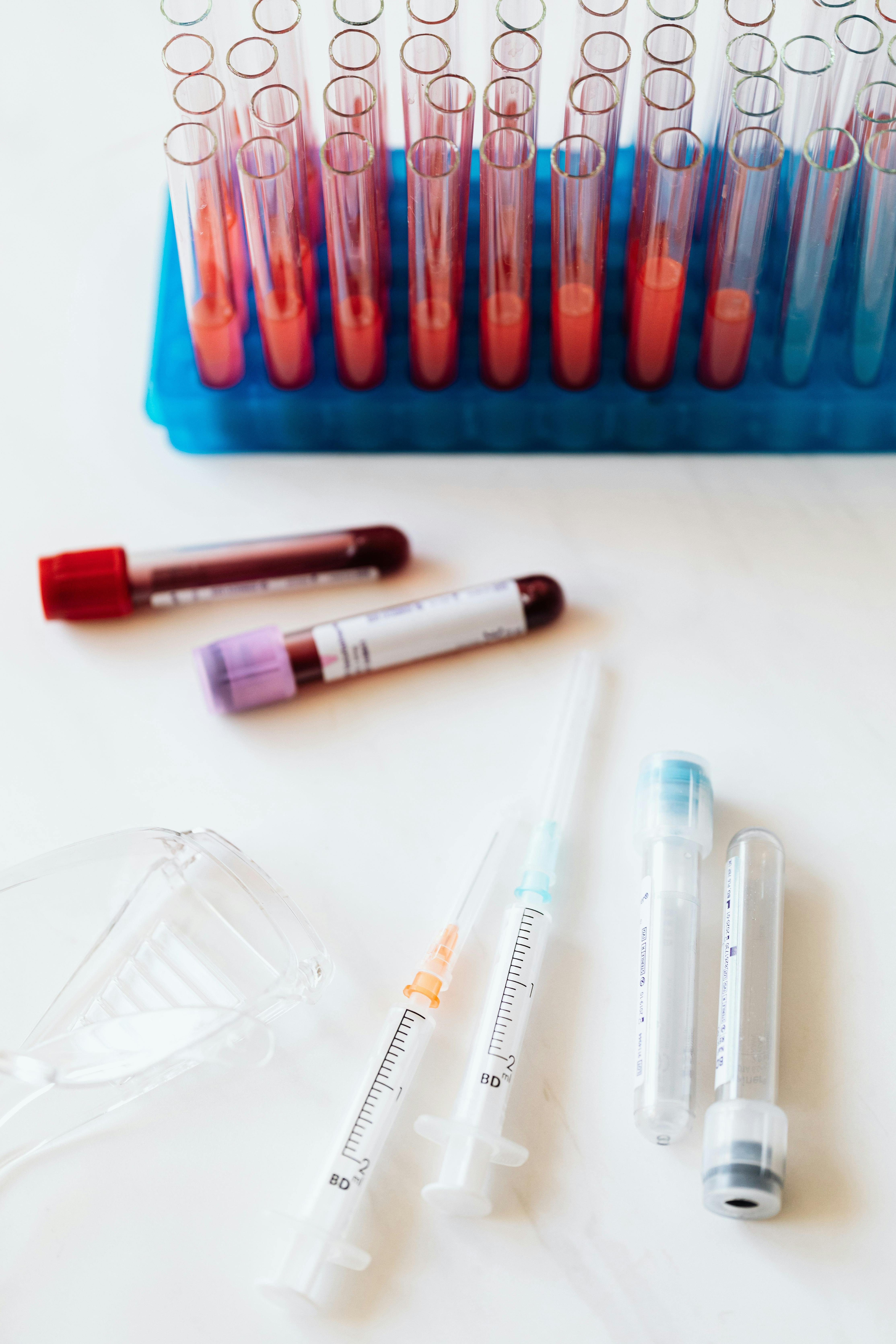 |
| A blood test showing Anemia changes |
Anemia is a widespread illness that affects a large number of people worldwide. It occurs when the blood's supply of hemoglobin or red blood cells is insufficient. Anemia can have a variety of symptoms and be brought on by a number of factors. In order to help you better understand this common ailment, we will go through the causes of anemia, how to spot its signs, and the therapies that are offered in this article.diabetes
- Introduction
- Causes and Types of Anemia
- Anemia symptoms include
- management and Treatment of Anemia
- Precautionary methods
- Conclusion
Causes and Types of Anemia
There are several potential causes of Anemia, including:
1)Iron deficiency: Iron is necessary for the production of hemoglobin, which transports oxygen to the tissues of our bodies. Iron deficiency anemia can occur when we don't obtain enough iron or have difficulties absorbing it.crohn's-disease
2)Vitamin deficiency: Megaloblastic anemia is a specific type of anemia caused by a lack of vitamins including B12 and folate, which can disrupt the development of red blood cells.amenorrhea
3)certain persistent medical disorders, such as kidney illness, are referred to as chronic diseases.
4)Genetic disorders: Some illnesses, such as sickle cell anemia and thalassemia, which we inherit from our parents, can impair the structure and function of red blood cells and cause chronic anemia.
5)Blood loss: When we lose blood as a consequence of an accident, a heavy period, digestive issues, or surgery, it can lower the number of red blood cells and result in anemia.
.Anemia symptoms include
Depending on the underlying reason and the degree of the anemia, several symptoms may be present. Some typical warning signs and symptoms are:
1)Anemia is frequently characterized by fatigue and weakness, even with little physical effort. Our body's organs and tissues might not get adequate oxygen because of the drop in red blood cell count.
2)Skin, lips, and nail beds that are pale may be a result of having less red blood cells in our bodies.
3)Breathlessness: Shortness of breath is a common symptom of low oxygen levels in the body, especially while we are exerting ourselves physically.anemia
4)Rapid heartbeat: The heart may beat more quickly to make up for the blood's decreased ability to deliver oxygen.
5)Inadequate oxygenation of the brain can cause lightheadedness, dizziness, and, in severe situations, fainting.
1)Anemia is frequently characterized by fatigue and weakness, even with little physical effort. Our body's organs and tissues might not get adequate oxygen because of the drop in red blood cell count.
2)Skin, lips, and nail beds that are pale may be a result of having less red blood cells in our bodies.
3)Breathlessness: Shortness of breath is a common symptom of low oxygen levels in the body, especially while we are exerting ourselves physically.anemia
4)Rapid heartbeat: The heart may beat more quickly to make up for the blood's decreased ability to deliver oxygen.
5)Inadequate oxygenation of the brain can cause lightheadedness, dizziness, and, in severe situations, fainting.
Management and Treatment of Anemia
Anemia is treated based on the underlying reason. Here are a few typical methods:
1)Changing our diets to include more iron-rich foods like leafy greens, lean meats, and legumes can help prevent iron deficiency anemia. Megaloblastic anemia can be treated by eating foods high in vitamin B12 and folate, such as dairy products, seafood, and fortified cereals.
2)Supplements for iron and vitamins: In some circumstances, a doctor may advise taking oral iron or vitamin supplements to restore the body's nutrient level; this would be in the form of syrup, capsule, or injection.anemia
3)Blood transfusions: In severe cases of anemia, particularly those brought on by major blood loss, a blood transfusion may be necessary.
4)Treatment options include immunosuppressive drugs, erythropoiesis-stimulating agents, and bone marrow-stimulating agents, depending on the type and underlying cause of the anemia.
5)Curing underlying issues: Relieving the symptoms of Anemia requires addressing the underlying conditions, such as controlling chronic disorders or curing infections.
Precautionary Methods:
Maintaining a balanced diet that includes foods high in iron, vitamins, and minerals is necessary to prevent Anemia. Important preventive strategies include regular exercise, treating chronic diseases, and avoiding excessive blood loss. It's important to see a doctor if you have anemia symptoms in order to have a correct diagnosis and the best course of therapy.whatsapp.com/channelConclusion:
Anemia is a widespread blood condition with a range of causes and signs. We can successfully control anemia by being aware of the causes and promptly seeking medical attention. We can increase our red blood cell count and general health by addressing the root reason and forming good lifestyle practices.




No comments:
Post a Comment